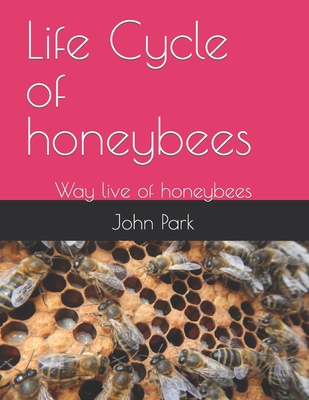You are here
Back to topLife Cycle of honeybees: Way live of honeybees (Paperback)
$16.68
This item is not available this time
This item is not available this time
Description
honey bees, the nutrients necessary for the survival and maintenance of the health of colonypopulations come from two main sources, namely nectar/honeydew and pollen from flowers. Nectar and honeydew provide carbohydrates and pollenprovides other dietary needs, such as lipids, proteins, vitamins, and minerals . However, bees do not directly consume nectar/honeydew or pollen; in both cases, they induce biochemical changes, such that the nectar/honeydew turnsinto honey and the pollen turns into bee bread . The process of making bee bread begins with the collection of pollen from flowers, which is then mixed by bees with the nectar or honey and saliva containing digestive enzymes]. At this stage, the pollen from flowers is transformed into bee pollen, stored in the pollen basket in the bee's hind legs, and carried to the hive, where the non-flying bees fill the cells of the hive with a mixture of bee pollen and honey. Then, a thin layer of wax is added to protect the mixture from oxygen. An anaerobic lactic fermentation process takes place, and the bee bread is produced . This type of lacto fermentation makes the bee bread more digestible and enriched with new nutrients . Studies on the chemical composition of bee bread have shown that it is generally made up of water, protein, free amino acids, carbohydrates, fatty acids, and other bioactive molecules. This composition varies from one region to another depending on the honey plants' climatic conditions and seasonal variations. All these conditions make bee bread a potential functional food with distinct bioactive molecules.In the life of bees, there are times when they are highly active, such as when colonies are reproducing or during periods of high wax production. At these times, the demand for pollen rises, and a decrease in pollen inflow (fall and early spring) or the existence of pollen of poor nutritional quality will have serious consequences for the colony. This directs bees to rely on their bee bread store for their needs . In this review, we will underline the importance of bee bread, not only for bee food and the good health of the hive, but also its nutritional importance for humans and its richness in bioactive molecules with protective or curative effects.
